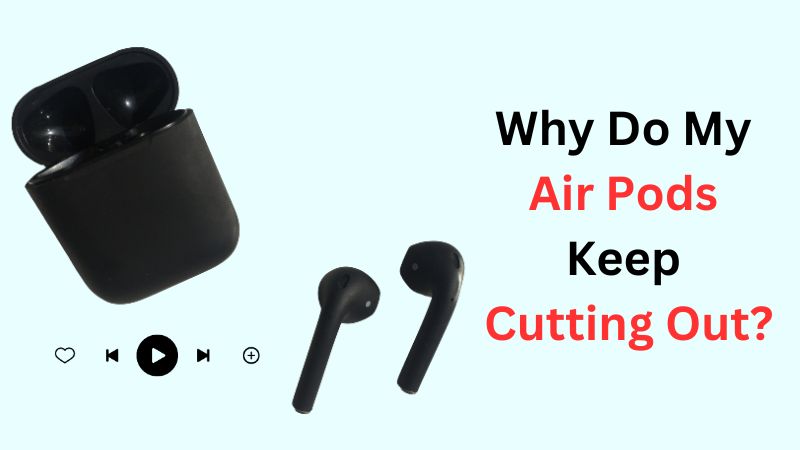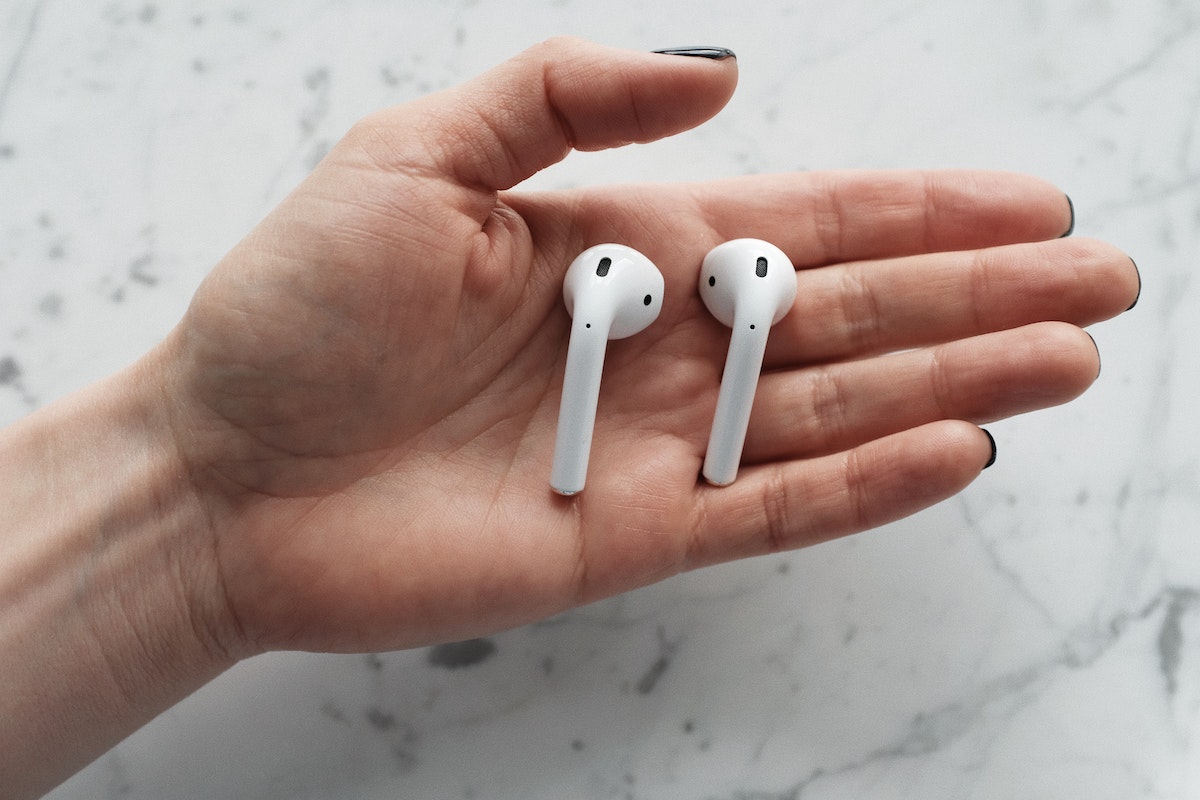Ever wondered why one AirPod is louder than the other? Don’t worry, we’ve got the solution for you. The imbalance in sound levels between AirPods can be frustrating, especially when you’re trying to enjoy your favorite music or make important calls. In this article, we’ll delve into the reasons behind this issue and provide you with practical tips to resolve it. So, if you’re tired of dealing with audio disparities and want to effortlessly enjoy your AirPods’ crystal-clear sound quality, keep reading. Let’s uncover why one AirPod is louder than the other.
Table of Contents
- 1 Why One AirPod Is Louder Than the Other
- 2 Frequently Asked Questions
- 2.1 Why is one AirPod louder than the other?
- 2.2 Can earwax cause one AirPod to be louder?
- 2.3 Could a software glitch cause one AirPod to sound louder?
- 2.4 Is it possible that a hardware issue is causing the imbalance in volume?
- 2.5 Can environmental factors affect the volume balance of AirPods?
- 2.6 I’ve tried all troubleshooting steps, but the volume imbalance still persists. What should I do?
- 3 Final Thoughts
Why One AirPod Is Louder Than the Other
When it comes to wireless earbuds, Apple’s AirPods have become incredibly popular and are widely regarded as some of the best on the market. However, one common issue that AirPod users encounter is when one AirPod is louder than the other. This imbalance in sound can be frustrating and impact the overall listening experience. In this article, we will explore the reasons why this problem occurs and discuss potential solutions.
1. Earwax Buildup
One of the primary reasons why an AirPod may be louder than the other is due to earwax buildup. Earwax, also known as cerumen, is a substance produced by the glands in our ear canal. Its purpose is to protect the ear from dust, dirt, and other foreign particles. However, sometimes cerumen can accumulate and block the sound output of the AirPod.
- To check if earwax buildup is the issue, inspect the mesh grids on both AirPods for any visible debris or earwax.
- If you notice any buildup, gently clean the AirPod using a soft, lint-free cloth or a cotton swab. Be sure not to push the debris further into the AirPod.
- It’s important to clean your ears regularly and avoid inserting cotton swabs too deeply, as this can cause more harm than good.
2. Software or Firmware Issues
Another potential cause for unbalanced sound in AirPods is software or firmware-related issues. Apple periodically releases updates to improve the performance and functionality of their AirPods. However, sometimes these updates can introduce new bugs or glitches that affect the sound output.
- Check if there are any available software or firmware updates for your AirPods by connecting them to your iPhone and opening the Settings app.
- Go to “General” and select “Software Update” to see if there are any updates available.
- If an update is available, follow the on-screen instructions to install it. This may potentially resolve the audio imbalance issue.
3. Hardware Malfunction
In some cases, the audio imbalance in AirPods may be caused by a hardware malfunction. This could be due to a component failure or damage to the internal circuitry. If you have tried cleaning the AirPods and updating the software but the issue persists, it’s possible that a hardware problem is causing the imbalance.
- Contact Apple Support or visit an authorized service center to get your AirPods inspected and repaired if necessary.
- They will be able to diagnose the exact issue and provide you with a solution, whether it’s repairing or replacing the affected AirPod.
- Keep in mind that if your AirPods are no longer covered by warranty, there may be a cost associated with the repair.
4. Individual Hearing Differences
Sometimes, the perception of one AirPod being louder than the other may not be due to an actual imbalance, but rather individual hearing differences. Each person’s hearing ability is unique, and our ears may perceive sound slightly differently. It’s not uncommon for one ear to have a higher sensitivity to certain frequencies than the other.
- If you suspect that the perceived imbalance is due to individual hearing differences, you can adjust the audio balance on your device to compensate.
- On an iPhone, go to “Settings,” then “Accessibility,” and select “Audio/Visual.”
- Under “Balance,” you can drag the slider to adjust the audio balance between the left and right channels.
Remember that it’s important to protect your hearing and avoid listening to music or media at excessively loud volumes. Prolonged exposure to loud sounds can cause irreversible damage to your hearing.
Experiencing one AirPod being louder than the other can be frustrating, but it’s a common issue with various possible causes. Earwax buildup, software or firmware issues, hardware malfunctions, and individual hearing differences are among the primary factors that can contribute to audio imbalances in AirPods. By following the troubleshooting steps outlined in this article, you can identify and resolve the issue to restore the optimal sound experience with your AirPods.
Remember, if you’re unable to resolve the problem on your own, reach out to Apple Support or visit an authorized service center for further assistance.
How To FIX AirPods One Side Louder Than The Other!
Frequently Asked Questions
Why is one AirPod louder than the other?
There can be several reasons why one AirPod may sound louder than the other. Here are some common scenarios:
Can earwax cause one AirPod to be louder?
Yes, earwax buildup can block the sound outlet of your AirPods and result in an imbalance in volume. Cleaning your AirPods regularly can help prevent this issue.
Could a software glitch cause one AirPod to sound louder?
In some cases, a software glitch or connectivity issue can cause one AirPod to play at a different volume level. Try resetting your AirPods, updating their firmware, or reconnecting them to your device to troubleshoot this problem.
Is it possible that a hardware issue is causing the imbalance in volume?
Yes, a hardware problem, such as a damaged or malfunctioning speaker, can cause one AirPod to be louder than the other. If you’ve ruled out other possible causes, it may be necessary to contact Apple support or visit an authorized service center to resolve the issue.
Can environmental factors affect the volume balance of AirPods?
External factors like dirt, moisture, or extreme temperatures can impact the performance of your AirPods and result in volume imbalances. Keeping your AirPods clean and avoiding exposure to harsh conditions can help maintain their functionality.
I’ve tried all troubleshooting steps, but the volume imbalance still persists. What should I do?
If you’ve exhausted all troubleshooting options and are still experiencing an imbalance in volume, it’s advisable to reach out to Apple support or visit an authorized service center for further assistance. They will be able to diagnose the problem and provide a suitable solution.
Final Thoughts
One common issue faced by AirPods users is the imbalance in volume between the left and right earpieces. There could be several reasons why one AirPod is louder than the other. Firstly, it could be due to earwax buildup. Regular cleaning of the AirPods can help prevent this issue. Another possibility is that the audio balance settings on the connected device may be adjusted incorrectly. It is essential to check and ensure that the balance is evenly distributed. Additionally, hardware malfunctions or software glitches could also contribute to the volume imbalance. In such cases, contacting Apple Support or visiting an authorized service center can help resolve the problem of one AirPod being louder than the other.


